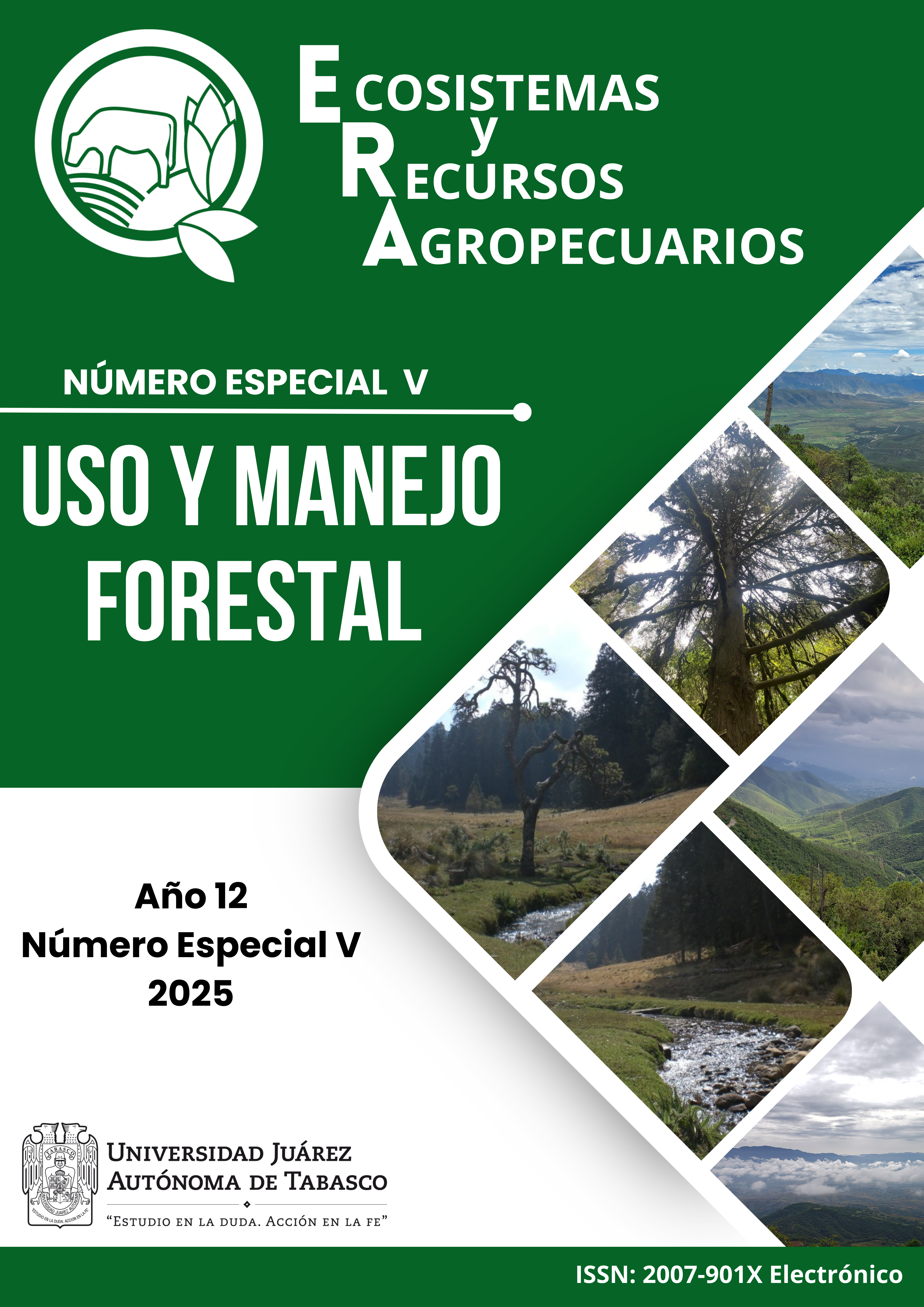NOTICE REGARDING PAYMENT MODULE
Due to the close of the 2025 fiscal year at our institution, the payment module has been inactive since today, December 3, 2025, and will resume operations in January 2026. For any information regarding the processing of submitted articles, please contact era@ujat.mx.
Leer más acerca de NOTICE REGARDING PAYMENT MODULE

